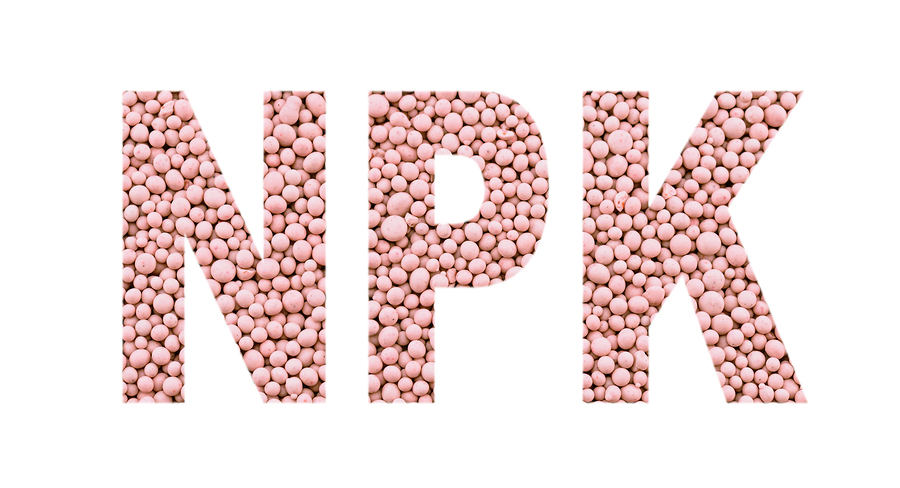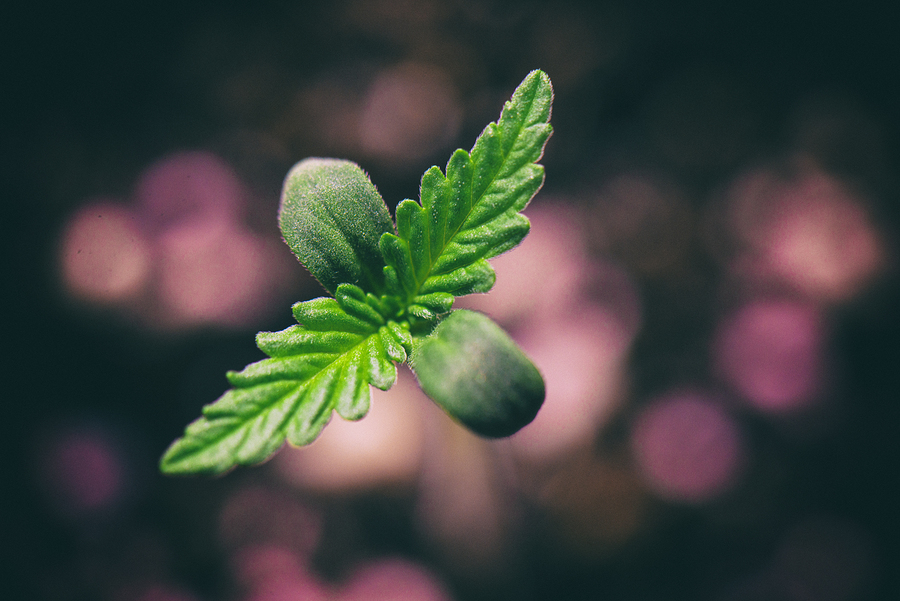The Short Guide to Picking the Best Fertilizer for Your Marijuana Plants

The Short Guide to Picking the Best Fertilizer for Your Marijuana Plants
Fertilizers feed and nourish plants. Using too much of the wrong thing will curse or kill your plants. And, that applies to cannabis plants, too.
Whether you’re growing grass indoors or out, organically or not, or in a kitchen window or hothouse, you should feed their growth. Here’s a short guide to picking the best fertilizer for your marijuana plants.
The key fertilizer elements:
Growing things need trace minerals, nitrogen, phosphorous, and potassium. You work these amendments into the soil before planting, and without official standards, they vary from one fertilizer brand to another.
But, you can look for the N-P-K on the label. These are chemical table symbols for Nitrogen-Phosphorous-Potassium. These appear as a three number sequence representing the element’s percentage of the weight. Still, you are left to trust to the manufacturer’s labeling.
- Nitrogen: The growth of all flowering things depends on Nitrogen. Natural sources include blood meal, guano, and manure. Nitrogen is key to the photosynthesis that generates chlorophyll, converts carbon to sugar, energizes rapid growth, and increases foliage volume.
- Phosphorous: They refine phosphorous from phosphate, process it from bird and bat guano, and grind it from bone meal. It really goes to work when the plants reach flowering stage. Blooming needs phosphorous feeding and responds with bud health, volume, and density.
- Potassium: An alkali metal, potassium markets as potash to avoid unstable reactions with water and air. So, you must read labels to exclude potassium oxide because the K2O is caustic. Potash labeled K2SO4, K2SO4, 2MgSO4, and K2Mg2(SO4) should help strengthen plant immunity and improve flower growth and bloom.
Farmers committed to strictly organic products mix their own fertilizers, but even they risk undesirable chemical balances and reactions. Purely organic or homemade fertilizers release nutrients slowly, and that reduces the risk of overdoing it.

How to fertilize:
Fertilizer differs from plant food. Feeding plants helps them grow. But, fertilizers make them produce. All soils have some level of N-P-K, but growth will use it up without supplementation.
Cannabis fertilizers are readily available and vary from need to need. Because they pair fertilizers to the growth stage, you want to buy and use them as instructed. And, each strain has its own schedule of rooting, budding, and flowering.
- Dissolve the fertilizer in water when irrigating, but you must flush all fertilizers from the soil over with clean water through the two weeks prior to harvest.
- Spray leaves of larger plants with fertilizer solution and watch leaves for signs of nutrient deficiency.
- Choose potting soils with a pH value of seven in high organic content, but because N-P-K lowers the pH value, you should add calcium as needed.
- Fertilize and water according to plant size, pot size, and soil type understanding that too much water or too much fertilizer will damage or kill the plant.
- Avoid concentrated dosages by fertilizing every two weeks after the fifth week until plants flower.
The key growth stages:

Germination: Seeds and clones do not need help in their earliest stage. There’s no sense feeding them extra nutrients until they have developed a tap root.
Vegetation: N-P-K requirements change through the growth period. For example, seedlings look for a 2-1-2 ratio. At three to four weeks, the early plants want more nitrogen at 4-2-3. And, at five to six weeks, they need even more nitrogen at 10-5-7. You also should follow manufacturer’s instructions for growth in coco air or hydroponics.
Flowering: As the plants bloom, they need a phosphorous boost. As the respective strain’s schedule approaches flowering, you can use a 7-7-7 mixture for about a week before to help the plant transition. Next, increased phosphorous enters the balance. At first flowering, the ratio is 5-10-7. Mid-flowering needs 6-15-10, and late stage flowering benefits from 4-10-7.
Some recommendations
The most effective and efficient fertilizers may be handmade. Compost and meals do the job, but they remain inconvenient.
It makes good sense to favor product lines that offer each of the needs for your farming. Some lines offer soils, liquids, nutrients, and fertilizers, each of them balanced with its related products. Fox Farms and Flower Power, for example, offer total care with feeds configured for each stage of marijuana farming.
Scotts® Miracle-Gro® with its 24-8-16 ratio is water soluble and low cost. Some users complain of an ammonia taste, and some growers report burning plants out. But, Scotts has purchased General Hydroponics to enter the cannabis economy more fully.
Milorganite® is a high-nitrogen, organic innovation produced by the Milwaukee Metropolitan Sewage District. The reclaimed sewage water and by-products are processed through a complex system that adds microbes that consume the nutrient. They then settle to the bottom before they are kiln-dried and tested.
Dyna-Gro™ has its own line of high phosphorous hydroponics. But, they also offer total planning through Foliage-Pro®, GROW™, and BLOOM™. The Dyna-Gro Bloom’s 3-12-6 ration fills most cannabis growth and flowering needs.
Potassium silicate increases production of resin glands which hold the THC. Larger glands mean more THC and more strain potency. Available as liquid or powder under many labels like AgSil®, potassium silicate resists fungus, reduces water loss, and increases growth and yield.
What you’re left with
There is no single best fertilizer for your marijuana plants. So many factors come into play that you need personal flexibility and a lot of knowledge.
If you raise a plant or two in the house, it calls for one strategy, just as you might have for caring for succulents or violets. If you raise many plants in a greenhouse, you must bring lighting and irrigation into the mix. If you raise plants in a natural outdoor environment, you must adapt fertilizers and their administration to their biosphere, including temperature, aeration, and rain.
Try not to over buy. Study the strains you are planting, their respective climate tolerance, and the growth cycle. Test your local soil or purchase soil developed for marijuana productivity.
And, remember, yield volume is not the only metric of productivity. Only experience will prove what fertilizer helps grow products with the best flavor, aroma, and impact for you.
